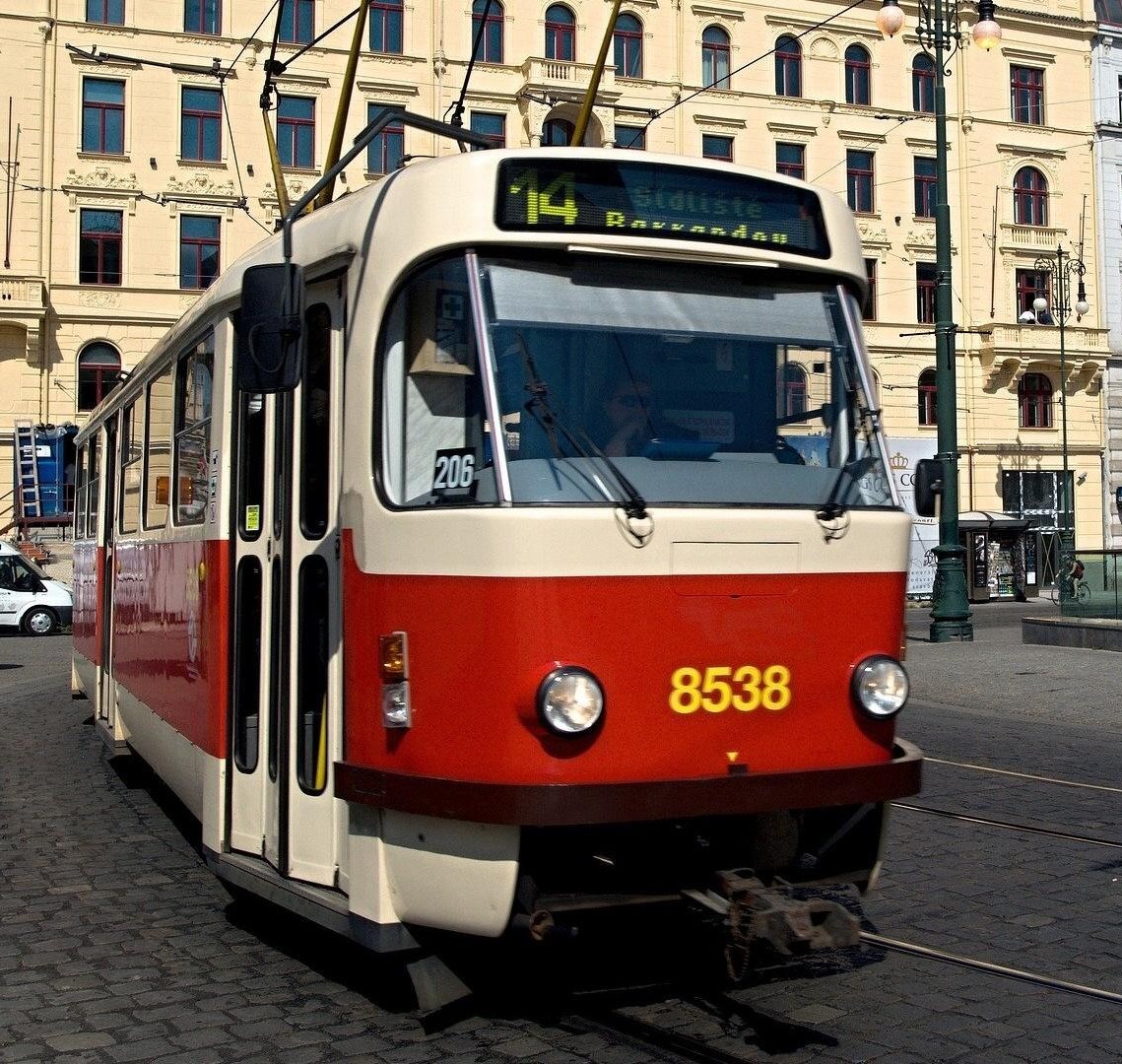

It’s kind of pointless. Reagan blew billions in this crap in the 80s and the laws of physics haven’t changed since then. The kinds of missiles that can reach North America from overseas simply can’t be reliably intercepted using terminal stage defences.
It’s not hard to take out drones, cruise missiles, short range rockets etc. Those are going Mach 1 or less. Hypersonic glide missiles hit Mach 5. ICBMs come down at Mach 25.
It’s the difference between hitting a home run and shooting down a bullet with another bullet while blindfolded.
We’d be way better off spending our time and money on diplomacy and peace so that nobody feels the need to nuke us. There’s no winning in that situation.













I can’t help but think that it would be cheaper to just pay the cabin crew just a little more and continue flying planes.